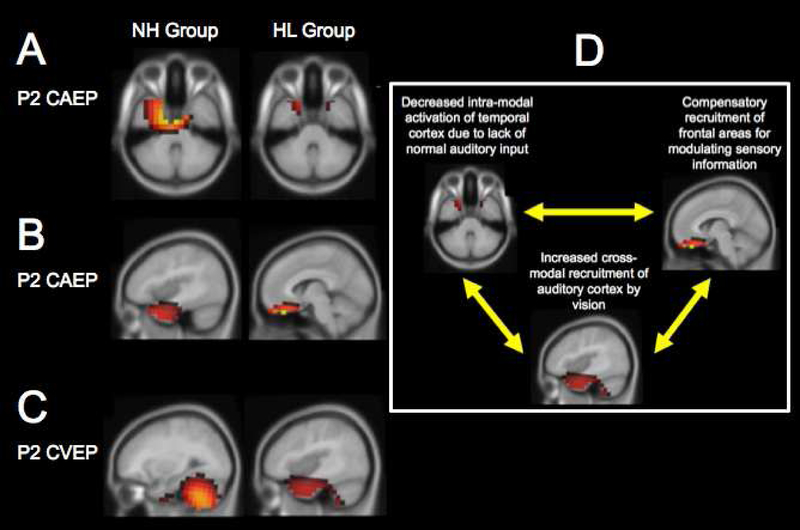FIGURE 3. Changes in Cortical Resource Allocation in Adults with Age-related Mild-Moderate Hearing Loss.
Cortical visual evoked potential (CVEP) and cortical auditory evoked potential (CAEP) source reconstructions for the P2 components are shown in a group of normal hearing adults (n=8) and a group of hearing loss adults with bilateral, early-stage, mild-moderate hearing loss (n=9). CVEPs were recorded in response to a visual motion stimulus. CAEPs were recorded in response to an auditory speech stimulus.
Panel 3A: While the normal hearing group shows dominant activation of temporal cortex in response to the auditory stimulus, the hearing loss group shows visible decreased activation of temporal cortex in response to auditory stimulation.
Panel 3B: In addition to temporal activation in response to the auditory stimulus, the hearing loss group shows the recruitment of frontal cortex for auditory processing that is not present in the normal hearing group.
Panel 3C: While the normal hearing group shows dominant activation in cerebellar and visual cortical areas in response to the visual motion stimulus, the hearing loss group shows significant recruitment of temporal cortex and frontal cortex, in addition to visual processing regions.
Panel 3D: A framework for changes in cortical resource allocation in early-stage, mild-moderate hearing loss is described, in which decreased input to auditory cortex (as in deafness or hearing loss) taxes the brain, results in compensatory recruitment of frontal cortices for top-down modulation of sensory processing and cross-modal recruitment of auditory cortex by vision likely associated with a greater reliance on visual cues to help disambiguate the speech signal. Figure adapted from Campbell & Sharma (2013) and Campbell & Sharma (2014).

